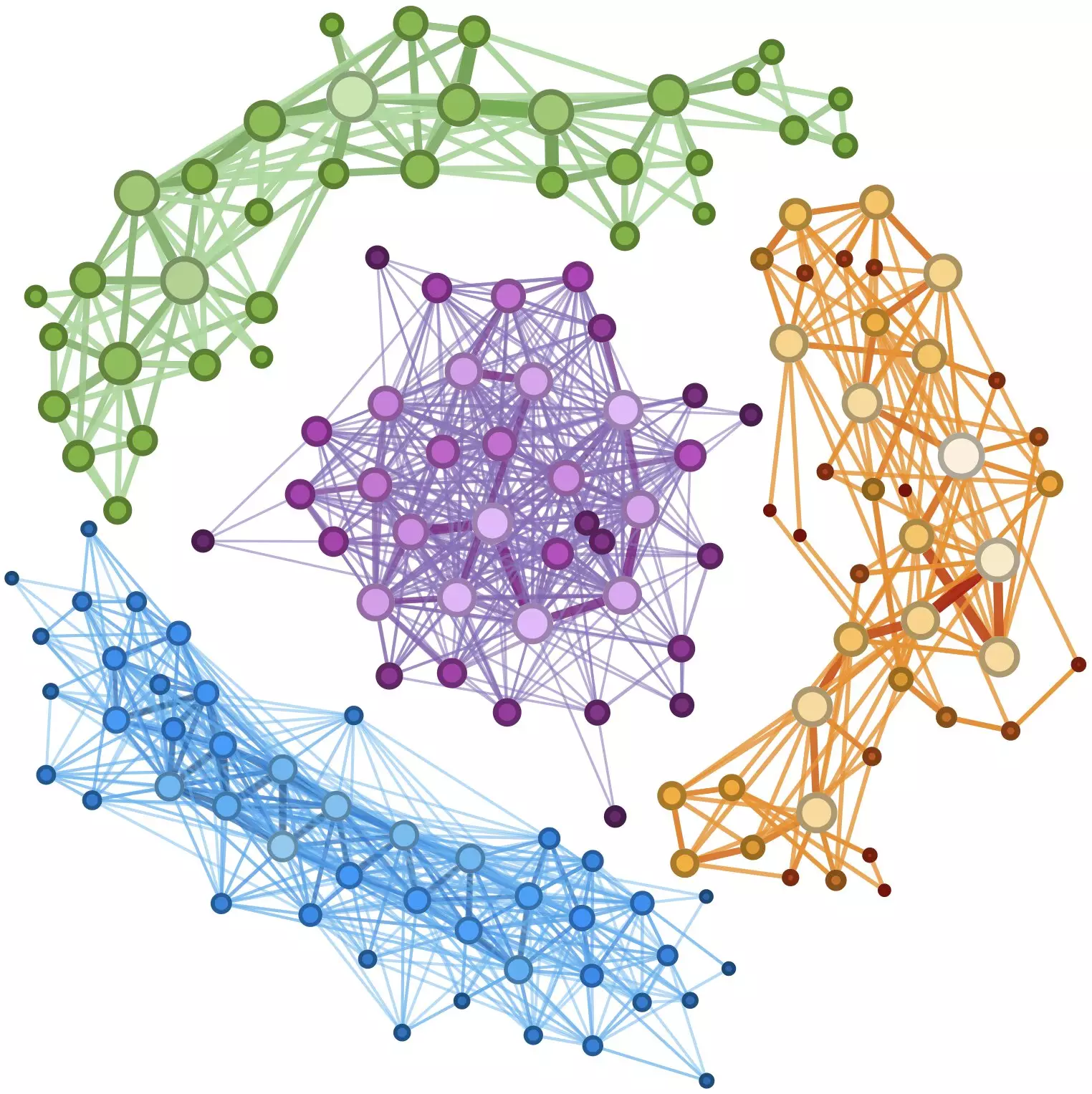Johann Sebastian Bach, a luminary of the Baroque period, continues to cast a vast shadow over the landscape of classical music, even centuries after his passing. His compositions not only resonate with a dedicated audience but also boast impressive streaming numbers in today’s digital age. Recent statistics indicate that Bach’s music garners nearly seven million monthly streams on platforms like Spotify, surpassing even the legendary Mozart and Beethoven. This enduring popularity invites reflection on the fundamental qualities that make Bach’s music timeless and universally appealing.
A prime contender for this inquiry is the Prelude from his Cello Suite No. 1 in G Major, which has achieved hundreds of millions of listens. What, exactly, propels Bach’s works to such heights? While music critics often attribute his success to groundbreaking harmonies, sophisticated counterpoint, and symmetrical elements, recent explorations into music theory provide a fresh perspective.
A groundbreaking study recently published in *Physical Review Research* by Dani S. Bassett, a prominent professor at the University of Pennsylvania, alongside doctoral student Suman Kulkarni, ventures into an innovative territory by applying network theory to Bach’s entire body of work. By viewing Bach’s compositions as intricate networks—with each musical note representing a node and the transitions between them as edges—the researchers create a new analytical framework. This approach challenges traditional perspectives and offers a novel lens through which the complex structures of Bach’s music can be examined.
The pioneering research undertaken in this paper reflects a collective understanding that complexity in music can indeed be quantified. Kulkarni asserts, “This paper provides a starting point for how one can boil down these complexities in music.” By exploring a dozen types of Bach’s compositions, the study unveils measurable differences in structural intricacies. Such analysis is not merely academic; it holds significant implications for various stakeholders within the music industry, ranging from music therapists to composers and producers.
To frame their analysis, Bassett and his colleagues rely on core measures of musical networks: entropy and clustering. Entropy signifies the degree of variation within note sequences—a higher entropy reflects a richer informational tapestry. Conversely, a network with lower entropy can be seen as comparatively linear or simplistic in nature. The second critical measure, clustering, reveals how well a piece aligns with audience expectations; greater clustering tends to conform, while lower clustering introduces a sense of divergence or surprise.
Bassett provides a compelling analogy: “Language networks have very high entropy,” indicating their complexity and rich informational content, while music tends to show lower entropy but often diverges significantly from our anticipatory frameworks. This dichotomy allows us to appreciate Bach’s unique musical language. For instance, the simplicity of a chorale, with its repetitive structure aimed at spiritual reflection, starkly contrasts with the flamboyance of his toccatas, which entertain through their intricate and chromatic passages.
With such frameworks established, future research may delve deeper into the neurological connections that underpin our musical experiences. The implications extend far beyond hypothetical discussions about complexity; understanding how varying musical structures impact brain activity could inform therapeutic practices. Bassett highlights this potential: “If we understand how one person responds to different levels of complexity in a piece, that may help us guide the kinds of music that we recommend for a particular therapy.”
This insight may also prove invaluable for composers and producers, offering them a nuanced understanding of how specific musical structures resonate with listeners. For instance, the findings regarding the differences in entropy between Bach’s chorales and toccatas can pave the way for tailored compositions that target particular emotional or cognitive objectives.
As the researchers look ahead, there exists an innate curiosity surrounding the exploration of other musical genres and styles. Kulkarni expresses a desire to apply the same analytical framework to jazz music, as well as non-Western musical traditions. Understanding these diverse cultural expressions can lead to a more intricate tapestry of findings, revealing cross-cultural differences in musical structures and their corresponding emotional impacts.
Bassett, with a background as a classical pianist, remains eager to further investigate the intricate relationship between music and language networks. By isolating the unique traits of these communicative forms, he hopes to illuminate how they converge to influence our collective emotional experience.
The legacy of Johann Sebastian Bach remains deeply ingrained in the fabric of modern music, and as researchers deploy innovative analytical instruments such as network theory, we stand on the cusp of a more profound understanding of music’s essence. Ultimately, the pursuit of insights into Bach’s compositions may not just enrich our appreciation for his artistry but may foster transformative applications in therapy, music creation, and education across cultures.


Leave a Reply